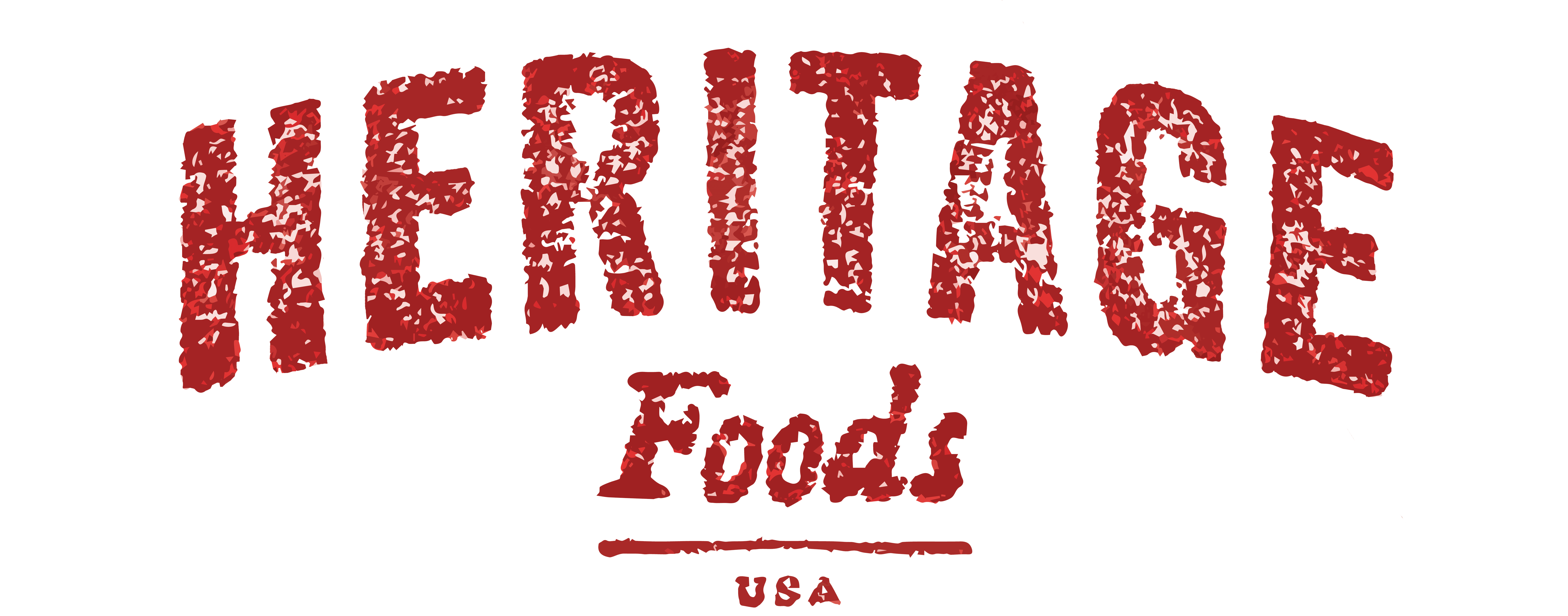
The Cost of Water
By Dick Bessey
Farmers across the U.S. have been hit hard by the drought last summer, and those raising heritage breeds have not been spared. Prices for feed and pasture have skyrocketed as precipitation has disappeared, water supplies have dwindled, and temperatures have soared. (Does anyone still think climate change is “bad science?”)
What does this mean to consumers? Ag Secretary Tom Vilsack said in a recent interview that farmers represented “only 14%” of total food cost, so even if farmers had to raise their prices to record levels the average consumer would see only a slight change. We should ask why 86% of what we pay for “regular” food disappears into processing, marketing, etc.
Because meats from family farms aren’t processed and don’t go through many stages of distribution, the drought’s effect on prices will likely be much more dramatic. Subsidies – a government effort to shield farmers from market fluctuations – are sent more and more to large agribusiness holders and less over time to small farmers, hastening the decline of family farms in the U.S.
To be sure, the Obama administration has worked very hard this summer to provide aid and financial assistance to drought-affected farmers, from water assistance to opening more public lands to grazing. But the fact is that large numbers of farmers are being compelled to bring their herds to market early because they can’t afford to feed them further or they have no food available. It is interesting that in this period of extreme corn shortages the corn ethanol industry continues to thrive.
A couple of things come to mind:
First, the cost of corn will continue to rise sharply until enough water – rain or irrigation – allows enough corn to grow that it is no longer scarce. The 2012 season is effectively over for many farmers so we need to hope for better in 2013. This higher cost will force farmers to raise their prices, and in many cases the lack of corn will force some farmers to bring their herds to market long before they would normally do so. In the short run this may force meat prices down, but in the long run they will inexorably rise.
Second, our food future is inextricably linked to a fundamental change in our attitude toward water. In the West, water has always been more valuable than gold, but this year has shown that perhaps westerners were right all along. Water is not a limitless resource.
A quick look at where our water comes from should make everyone think twice. For many, water comes from reservoirs that are fed by rain and/or melting snow. In dry years the reservoirs do not stay full and restrictions on watering, washing cars, and industrial uses are common. Water is also drawn from aquifers – underground rivers, essentially – that cover vast areas beneath the surface. The largest of these in the U.S. is called the Ogallala aquifer (map to the right), and lies under the middle of the country, supplying over 1/3 of water used for irrigation. Aquifers are tapped for farming and city uses at an ever-increasing rate, and the Ogallala may be dry by 2025 unless steps are taken. It takes millions of years to “fill” an aquifer, so simply waiting for rain to run down into the soil will not suffice.
There have been conflicts over water since the 1800’s, most notably in California between the city of Los Angeles and the farmers in the Owens Valley east of the Sierras. (Watch Roman Polanski’s “Chinatown” for a good idea of how deep the conflicts run!) Cities have nearly always managed to lay claim to ever-increasing amounts of water to the detriment of farming in the areas where the water sources lie. In addition we now face tremendous demand for water for energy production; hydraulic fracturing, or “fracking,” to release subterranean natural gas, uses huge amounts of water for both the process itself and the required cleanup. Energy companies are able to easily outbid farmers for water and the results are predictable.
All of these uses of water are legitimate. However, when we allow short-term market forces to determine water allocations, or simply allow urban expansion without some thought of reducing per capita water use, we run the risk of losing agriculture, whether or not we ever see another dry year.
